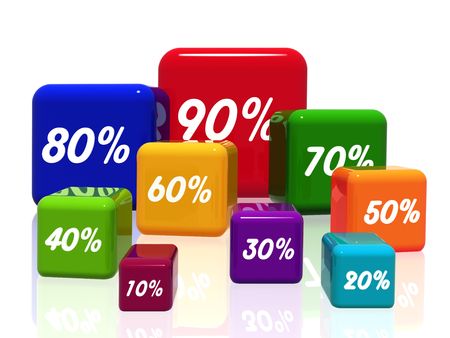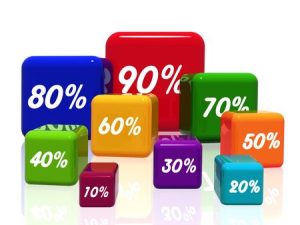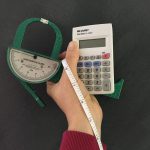
You probably check in on client goals, progress, and results regularly. Getting and proving results is one way you retain more personal training clients and keep your business booming. Most of us use big picture traditional fitness assessments like body composition and strength measurements a couple times a year with clients.
Have you ever measured session to session results, progress, and satisfaction with these three methods?
1. Ratings of Perceived Exertion. During and after each workout ask your client to rate its difficulty. You can also do this for individual exercises from time to time.

Rating on a 1-10 scale is easiest for most people. If you want to correlate with heart rate for cardiovascular tracking use the 6-20 scale. (6 = 60bpm, 20 = 200bpm)
You could also use a percentage if it resonates with your client. Ask if they feel they are working at 30%, 40%, etc.
2. Energy Levels. The 1-10 scale or percentages come in handy again to rate energy before and after each workout. Find out if the workout was too intense for your client.
Ideally, energy should be higher if you hit the sweet spot of exertion with your client. They may not feel the energy until after they’ve hydrated or consumed a meal, so you could check in with them an hour after the session or later in the day.
Ask your client what their energy level is on a scale of 1-10 or what percentage of energy they feel they have. You could use an analogy to the brightness of a light bulb to help them sense their energy level.
Keep track of these numbers before and after each workout to guide your programming and their motivation. If your client is always exhausted before and after the workout, it may be time to refer them to a nutritionist or less stressful form of exercise.
3. Sleep Log. Along with having your clients keep food journals, have them keep a sleep journal. Just like with food, many people know what changes they need to make to their sleep habits. Some people might already have a smartwatch or app on their phone that keeps track of sleep patterns. Asking your client to report their sleep habits to you creates a sense of responsibility and accountability.
Ideally, exercise helps your clients sleep better. This isn’t always the case. If exercise is too intense it could raise cortisol levels, which is a hormone that can interfere with both sleep and fitness progress. If the usual recommendations to have a bedtime routine, go to bed earlier and wake up at the same time every day don’t help your client’s energy levels and exercise progress refer them to a medical doctor or sleep specialist.
There are many fitness assessments and measuring tools available to personal trainers. Using the typical big-picture assessments is something most of us do already. Checking in with clients at each session about effort, energy and rest is a way for you to take clients to the next level. Regardless of which methods you choose, remember to keep notes on your clients. They come in handy for programming, proof of results and motivation.
[info type=”facebook”]What ways do you measure client progress? If you’re an NFPT trainer, join the Facebook Community Group to mingle with other trainers. If you’re not, come talk with NFPT here, we would like to meet you![/info]






